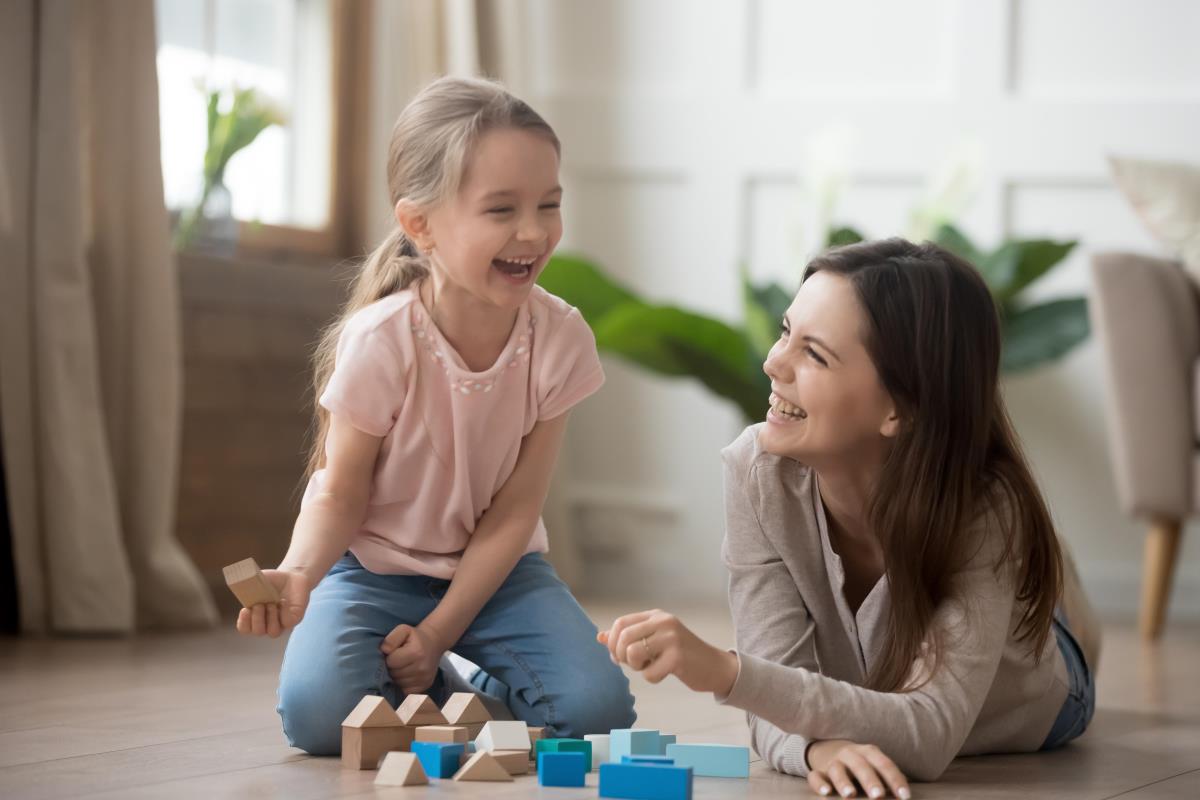How to Encourage Early Scientific Interest
Our early years experts offer fun ways to encourage your child's natural scientific development through simple physics.
Children are constantly experimenting to find out how things work. While it may sometimes look purposeless, repetitive activities are often very specific scientific observations to understand the workings of the world.
To help encourage your child’s natural experimentation, you can use simple machines and objects at home to create your very own experiments.
One of the basic principles of physics is understanding that there are six everyday machines that can make our work easier. Simple machines include a lever, inclined plane, wheel and axle, screw, wedge, and pulley. While the names are not particularly important to most young children, chances to experiment with these machines can help develop an early understanding of physics and how things work.
Your little one can experiment with building or using ramps for marble rolls, small car races, or moving water from one place to another. For example:
- Observing that a ball rolls more quickly down a ramp than it does when it is rolled across the flat floor gives an early understanding of the inclined plane.
- Fascination with all things with wheels - wheelbarrows, small trucks, tricycles, scooters, etc. - gives children early practice with the advantages of the wheel and axle.
Many children love to use wheeled vehicles (a wheelbarrow or small dumper truck) to help with the work of moving blocks, soil or other materials. While you’re in the garden, you can encourage your toddler to move soil with a toy lorry or move objects from place to place with a child-sized wheelbarrow.
Safe, plastic workbenches which give children an early opportunity to master the use of tools including hammers (levers), screws and vices (a machine that includes screws) are often favourites of toddlers and their use helps develop valuable manipulative skills. Just make sure you are always on-hand to supervise and avoid any accidents.
Pulleys help with lifting. With your assistance, your child can use or make a small pulley for easier lifting of small buckets of sand, blocks, etc. Small pulleys can be purchased at the DIY shop or can be made from a coat hanger and string.
You can also try simple mass and weight experiments by taking a container of water and a selection of fruits and vegetables and guessing which ones will float and which will sink, which is all based around density. Ask your little one to guess what they think will happen and then have fun dropping each item into the water to see what happens. You might be surprised at the results.
If you’re looking for some more experiment inspiration, Kindergarten Connection have some brilliant ideas.
There are many games that can help with this children's experimentation, from building your own Marble Run games for children from 3 years upwards (it's important to ensure any set is appropriate for your child's age) to more complex versions such as Gravitrax and K'nex which can engage even significantly older children.
While some of us may not consider science to be our strongest subject, by noticing children's interests in how things work and building upon these to nurture inquisitive scientists, the joy of scientific discovery can be easily shared.




